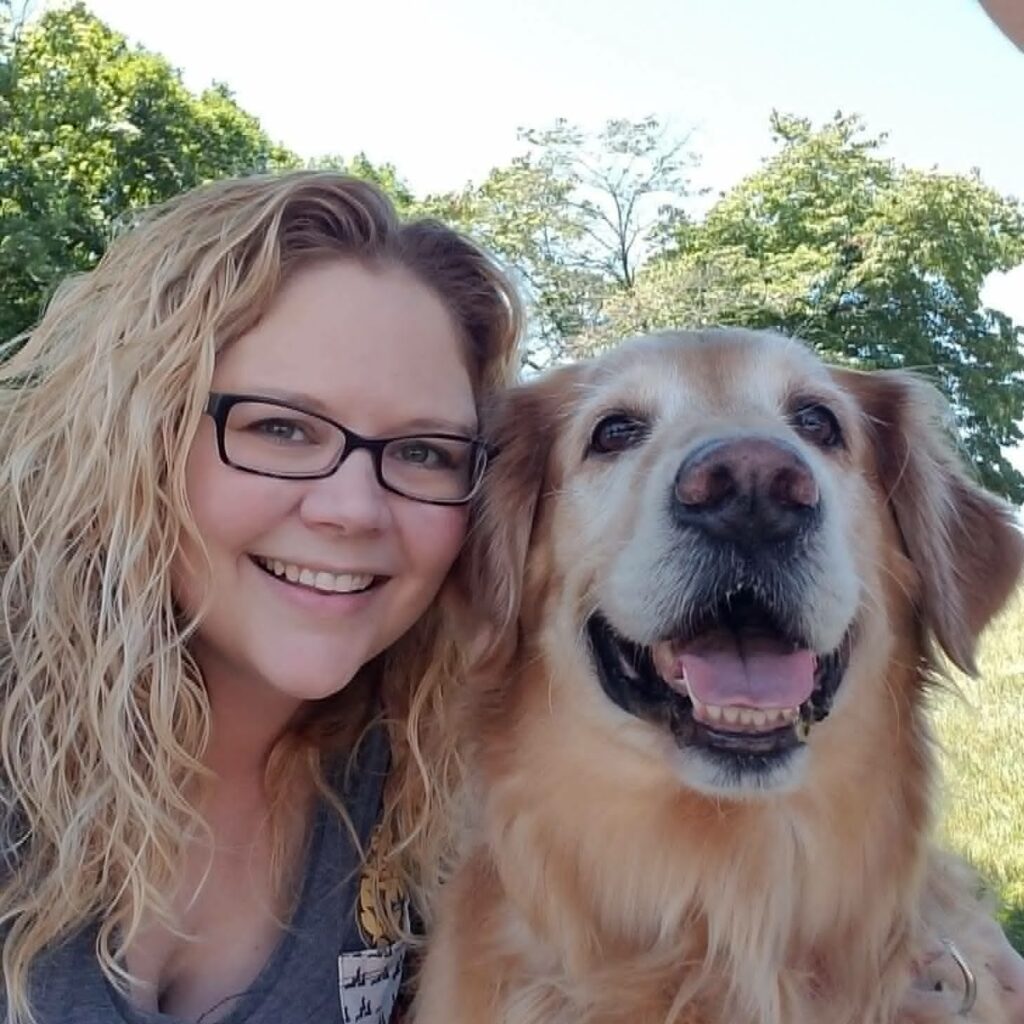By Ivy Guiler
When I first arrived in Washington, D.C., I was filled with excitement, a sense of patriotism, and high expectations for the work I was about to do. A few months and one presidential election later, my excitement transformed into frustration, my patriotism was left jaded, and my high expectations were drowned at the bottom of a trash bag filled with red solo cups, leftover pizza, and crumpled up angry emails.
I spent years training in college and “in the trenches” at local newspapers to earn the opportunity to cover a national election. With the help of one of the greatest mentors in the field, AP War Correspondent George Esper, I honed my reporting style to one I felt the field of journalism would be proud of.
Although I knew I was the textbook definition of “green” on the national stage, I challenged myself to stay centered, offering every side of my story equal representation while uncovering the truth of what was happening in Washington.
And I really thought I could.
As Walter Cronkite said, “Our job is only to hold up the mirror—to tell and show the public what has happened.”
It sounds simple, right?
I would soon learn that reporting in the political arena was much different than covering a house fire, hurricane, or even a murder. It’s a world built on perspectives, motives, and agendas. I would discover that finding and reporting the truth took whole a new set of skills.
What is truth anyway?
As difficult as this political landscape is for reporters, it’s just as challenging for consumers.
In 2016, the Oxford Dictionary named “post-truth” its word of the year. This term refers to “the circumstances in which people respond more to feelings and beliefs than to facts.”
I prefer to describe the political news climate that has been building my entire adult life using the term Stephen Colbert coined in 2005—truthiness.
“We’re not talking about truth, we’re talking about something that seems like truth – the truth we want to exist,” he said.
With the constant stream of news and information flying at you faster than the Millenium Falcon can finish the Kessel Run, it seems near impossible to avoid being swept up in the post-truth spin.
When the creator of Gen X Watch, my dear friend Pat Green, asked me to share some tips and resources for navigating the modern, fast-paced news environment, I eagerly agreed. Questions like this renew my faith in humanity because it means people still want to think for themselves.
We live in a time when all information is literally at our fingertips, yet it seems like most people are content with being told information and taking it at face value. As a society, it seems we’ve lost our desire to understand the world around us.
What “news” is and isn’t

I spent 15 years working primarily as a breaking news reporter before leaving the field for a job that allowed me to be more present with my family. In that time—starting just a few months after we all survived Y2K—I saw the news industry transform completely.
Let’s start at the foundation. The job of a journalist is to tell you what is happening. Reporters observe, ask intelligent questions, verify the facts, and bring you the updates. In democracies, the media holds those in power accountable. It’s an essential element of a functioning democracy.
Our forefathers placed freedom of the press in the First Amendment of the U.S. Constitution because they understood its importance.
Dan Rather, veteran journalist and former CBS Evening News anchor, said, “The press is a watchdog. Not an attack dog. Not a lapdog. A watchdog.”
The news media’s job is to report what’s happening, not to tell you how it affects you or if you should care.
That is the line where journalism stops being objective and starts building bias.
Even when the press brings something of interest to light, a good news report leaves it up to you to determine how the story relates to your life. The news report should not speculate on or allege the possible intentions of people without direct quotes from the individuals involved addressing this exact thing.
News reports shouldn’t predict the future unless they’re based on clear, factual evidence or the reporter just happens to be stepping out of a DeLorean, driven by Doc Brown, that just returned from the future (if this happens, demand to see the video).
Judging media bias
As a consumer, approach all news with a skeptical eye. There’s a lot of great journalism happening today, including from independent sources. We live in a time when anyone can report on anything and broadcast it to the world. While this can add valuable context, it also contributes to the noise and confusion, because anyone with a decent phone or computer can manipulate video, photos, and even audio to fit a narrative. It’s a slippery slope.
With access to unlimited information at all times, it’s up to you to filter through that noise to find the truth and then decide what to do with it. With great power, comes great responsibility.
A great place to start is by checking the bias rating of the news organizations you frequently turn to. Websites like AllSides and Ad Fontes Media measure news outlets through a combination of crowd-sourced data, expert reviews, and editorial analysis. These sites also score the language used, headline accuracy, and fact-reporting styles.
Diversify your news sources and perspectives
One of the most common mistakes people make is relying on just one news source for their information. In this post-truth era, learning from multiple perspectives is crucial. A quick scan of headlines from the biggest news outlets often reveals significant differences in coverage, especially from those at opposite ends of the political spectrum.
Sometimes, the differences are quite shocking.
Comparing coverage from multiple outlets helps the facts come into focus. Pay attention to how each outlet covers a story and, just as importantly, take note of what they aren’t covering. There’s often much to be learned from what doesn’t get airtime or column inches.
Language and framing matter
How a news organization covers a story is just as important as the facts they report. Be critical of emotionally charged language and selective framing. Ask yourself whether the story is being presented objectively or if it favors a particular narrative.
And if an elected official loudly criticizes a news organization’s coverage of them, dig deeper to find out why. There’s always a reason, and it’s usually because the coverage isn’t favorable to them.
Balance over neutrality

It’s also important to understand the difference between balanced and neutral news coverage. Balanced coverage presents multiple viewpoints, ensuring all sides are heard. Neutrality, however, can sometimes be problematic, especially when it means making both sides look equal in a situation where it’s clear they are not.
One of my favorite journalists, Christiane Amanpour, said, “There are some situations one simply cannot be neutral about, because when you are neutral you are an accomplice. Objectivity doesn’t mean treating all sides equally. It means giving each side a hearing.”
In this case, she was speaking about the atrocities in Bosnia in the late ’90s, but her advice is still relevant today.
In many news stories, the facts make it clear which side is “right” or “wrong” simply because they are. This is often missing in these “post-truth” times. Don’t get me wrong… we’re often told which side is “right” or “wrong.” However, as I mentioned earlier, it’s not the news media’s job to tell us what to think. The best news coverage lets the facts speak for themselves.
In this age of “truthiness,” where the line between fact and opinion often blurs, the ability to think critically and independently has never been more crucial. By seeking out multiple perspectives, analyzing language and framing, and understanding the biases at play, we can navigate the complexities of these information-overloaded times with confidence. After all, making our own informed decisions is a power and right that no amount of spin can take away.
About Ivy

Ivy is a writer currently living in a village nestled at the top of the Appalachian Mountains. She was born during the overlap years between the Gen X and Millennial generations, known as the “Xennial Microgeneration.” With a foot in both generations, she’s never really felt aligned with either age group and tends to bounce between the best of both realities. After leaving the newsroom, she transitioned to the publishing world where she now works with inspirational and self-help authors. She also enjoys mountain hikes with her furry companion, flying planes with her husband, and learning how to be cool from her incredible teenager. You can follow her journey on her blog at unscriptedlife.com.
Support Gen X Watch!

We rely on readers like you to continue our work. A few moments and you can make a difference:
1. Share this story with a friend and leave a comment.

2. Tip me! I need your support!
3. Become a Members Only Patreon! In the Patreon I will have unfiltered rants, exclusive content, free PDF copies of the upcoming quarterly magazine, and more.
4. Go to our store and buy the print magazine! It is art, news, and nostalgia that matters!
Thank you for your support and taking the time to read this.
Stay Totally Awesome! Stay true to you!

Leave a Reply